Complete Diabetes Diet Plan for Better Blood Sugar Control
Ever stared at your blood sugar numbers and felt completely defeated? You’re not alone. Managing diabetes can feel like you’re constantly swimming upstream, especially when it comes to food.
Let me guess – you’ve tried those one-size-fits-all diabetes diet plans that leave you hungry, frustrated, and, honestly, not seeing much improvement in your numbers.

Here’s the truth: creating a diabetes diet plan that actually works means understanding your unique body and lifestyle, and yes, even leaving room for foods you genuinely enjoy. No more cookie-cutter approaches.
I’m about to walk you through how to build a sustainable eating strategy that helps control your blood sugar without making you feel like you’re serving a life sentence of bland chicken and celery sticks.
But first, let me tell you about the surprising food group most diabetes educators never mention…
Understanding Diabetes and Nutrition Basics
Table of Contents
How Different Types of Diabetes Affect Your Diet Needs
Type 1 and Type 2 diabetes require different approaches to meal planning. If you’re dealing with Type 1, your body doesn’t produce insulin at all, so you’ll need to match your carb intake with insulin doses carefully. For Type 2 folks, your body struggles with insulin resistance, making weight management and consistent carb intake crucial.
Gestational diabetes? Your focus shifts to controlling morning blood sugar spikes and spacing carbs throughout the day. No matter your diabetes type, a personalized gestational diabetes diet plan is non-negotiable.
Key Nutrients That Regulate Blood Sugar
Fiber is your new best friend on any diabetes food plan. It slows down sugar absorption and keeps you full longer. Aim for 25-30g daily from whole grains, beans, and veggies.
Healthy fats from avocados, nuts, and olive oil help moderate blood sugar spikes. Protein works similar to magic – eggs, fish, and lean meats stabilize glucose levels between meals.
What to limit? Simple carbs and added sugars that send your blood glucose on a rollercoaster ride.

The Glycemic Index: Your Essential Blood Sugar Tool
The glycemic index (GI) ranks foods by how quickly they raise blood sugar. Your diabetes meal plan should feature mostly low-GI foods like:
Low GI (55 or less) Medium GI (56-69) High GI (70+)
1– Oatmeal Basmati rice White bread.
2– Sweet potatoes Whole wheat bread Watermelon.
3– Most fruits Couscous White rice.
Essential Food Groups for Diabetes Food Plan
Setting Realistic Nutrition Goals for Diabetic Health
Small, sustainable changes beat dramatic diet overhauls every time. Start by swapping one processed food for a whole food alternative in your diabetes diet plan.
Track your food and blood sugar for two weeks to spot patterns. Which meals keep you stable? Which sent you soaring? This personal data trumps generic advice.
Remember – perfect eating isn’t the goal. Progress is. Even small improvements to your diabetes meal plan can dramatically improve your health outcomes.
A. Complex Carbohydrates That Won’t Spike Blood Sugar
Not all carbs are your enemy when you have diabetes. Complex carbohydrates are your friends because they break down slowly, preventing those dreaded blood sugar roller coasters.
Try these options in your diabetes diet plan:
- Whole grains like quinoa, barley, and brown rice
- Sweet potatoes instead of white potatoes
- Steel-cut oats rather than instant varieties
- Legumes, including lentils, chickpeas, and black beans
What makes these choices work? The fiber content slows digestion, giving your body time to process the sugars gradually. Aim for about 45-60 grams of carbs per meal, but remember everyone’s needs differ.
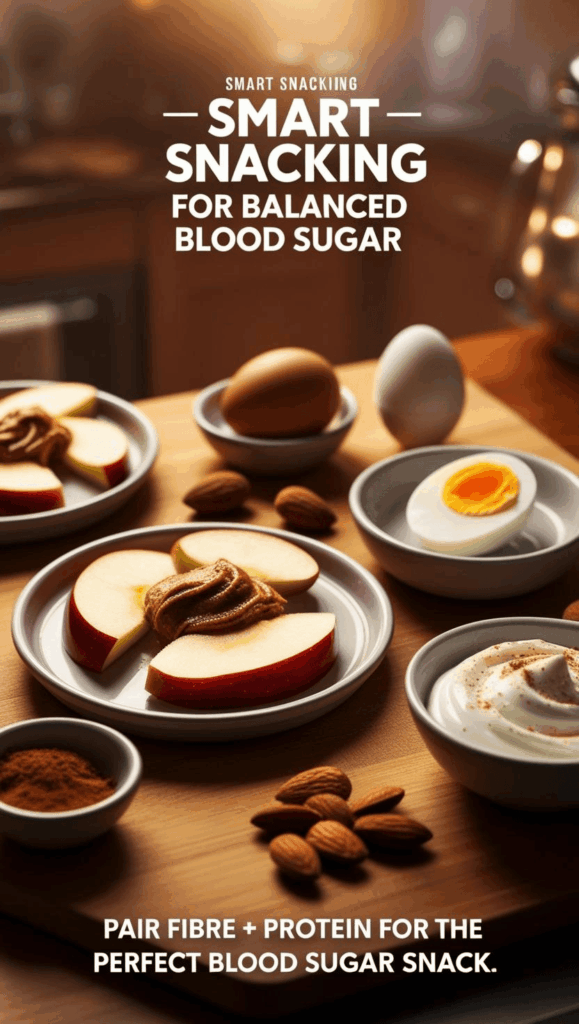
B. Protein Sources That Support Stable Glucose Levels
Protein is crucial in any diabetes meal plan because it keeps you full without impacting blood sugar significantly.
Smart protein choices include:
- Fatty fish like salmon and mackerel (bonus: they contain omega-3s)
- Skinless poultry
- Plant proteins like tofu and tempeh
- Greek yogurt (unsweetened)
- Eggs
Adding protein to each meal helps moderate the glucose response from other foods. A palm-sized portion (about 3-4 ounces) works well for most meals in your diabetes food plan.
C. Healthy Fats That Improve Insulin Sensitivity
Fats have had a bad rap for years, but the right kinds actually help your body use insulin better.
Focus on these sources:
- Avocados
- Olive oil
- Nuts (especially walnuts and almonds)
- Seeds (flax, chia, pumpkin)
- Olives
These fats help reduce inflammation and improve how your cells respond to insulin. Just watch portions—fats are calorie-dense. A tablespoon of oil or a quarter avocado goes a long way in your diabetes food plan.
D. Fiber-Rich Foods That Slow Sugar Absorption
Fiber is your secret weapon. It slows down sugar absorption, improves gut health, and keeps you feeling satisfied.
Top fiber choices for your diabetes food plan:
- Leafy greens (kale, spinach, collards)
- Cruciferous vegetables (broccoli, cauliflower)
- Berries (lower in sugar than most fruits)
- Chia and flax seeds
- Artichokes and Brussels sprouts
Aim for 25-30 grams of fiber daily. Gradually increase your intake to avoid digestive discomfort.
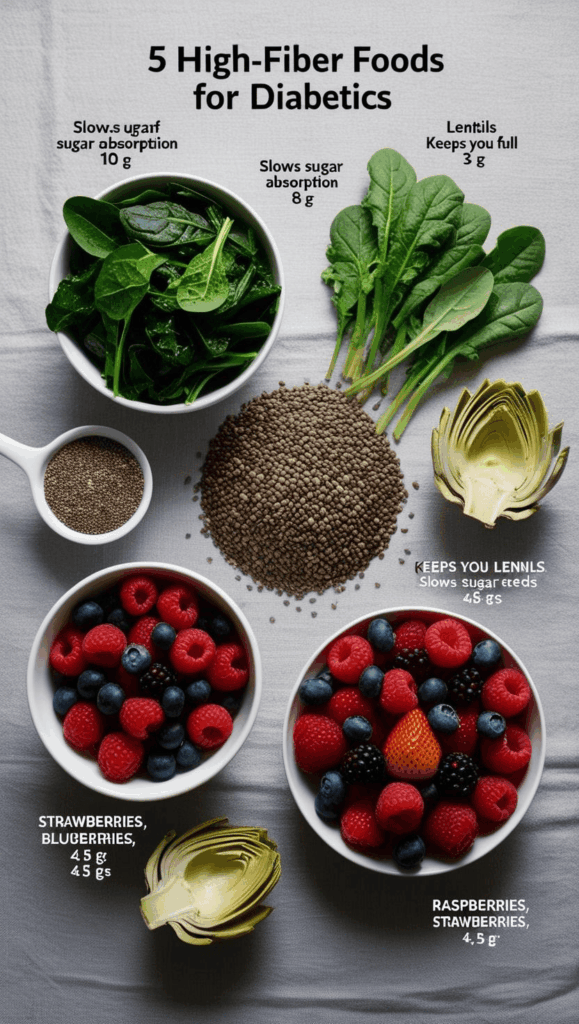
E. Hydration Strategies for Better Blood Sugar Control
Water isn’t just for quenching thirst—it’s essential for blood sugar management.
Smart hydration choices:
- Plain water (aim for 8 cups daily)
- Unsweetened tea (green tea has added benefits)
- Infused water with cucumber or berries
- Sparkling water with a splash of lemon
Avoid sugary drinks completely. Even fruit juices can spike blood sugar dramatically. Staying well-hydrated helps your kidneys flush out excess glucose and supports overall metabolic health.
Meal Planning Strategies That Work
Perfecting Your Plate Proportions
Visualizing your plate can be a game-changer. The “Diabetes Plate Method” is a simple, effective way to balance nutrients:
- ½ plate of non-starchy vegetables (think spinach, zucchini, bell peppers)
- ¼ plate of lean protein (chicken, fish, tofu)
- ¼ plate complex carbs (brown rice, beans, quinoa)
Don’t forget a small serving of healthy fat (like olive oil drizzle) and water or unsweetened tea to round out the meal. This layout promotes blood sugar stability without calorie counting stress.
Creating a Sustainable Weekly Meal Calendar
Planning means fewer surprises and better blood sugar control. Here’s how to make it work:
- Pick 2-3 breakfast, lunch, and dinner options to rotate weekly.
- Batch cook grains, proteins, and veggies to mix and match.
- Use tools like printable planners or apps to map out your week.
Pro tip: Schedule higher-carb meals on more active days to help manage glucose response.
Smart Snacking Options That Maintain Blood Sugar
Forget what you’ve heard about skipping snacks. For many with diabetes, small, well-timed snacks prevent energy crashes and sugar spikes.
Blood-sugar-friendly snack ideas:
- Apple slices with almond butter.
- Hard-boiled egg with a few whole-grain crackers.
- Cottage cheese and berries.
- A handful of nuts and a few dark chocolate chips.
Keep snacks balanced—aim for fiber + protein or fat to slow glucose absorption.
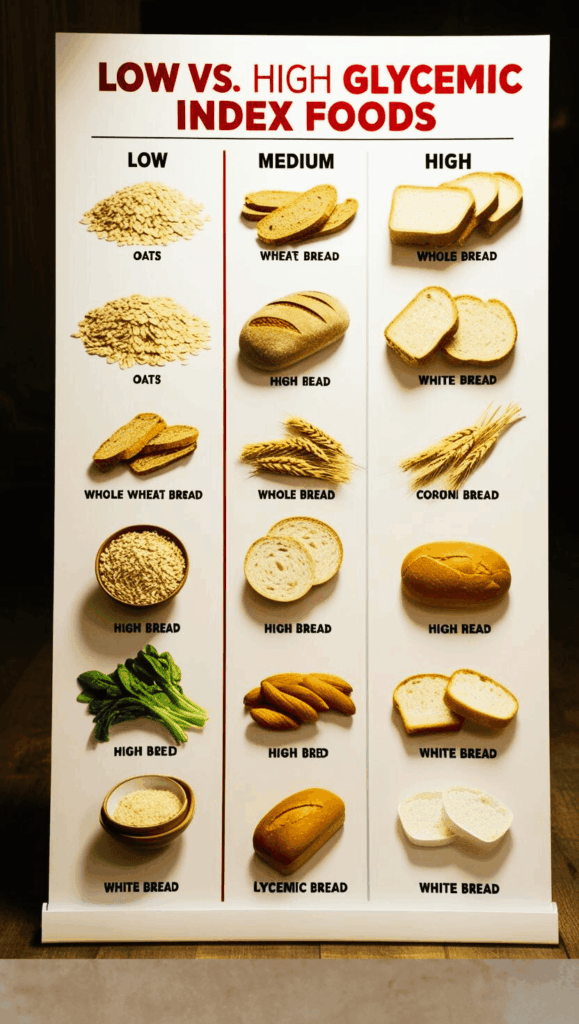
Eating Out Without Compromising Your Diabetes Management
Yes, you can enjoy dining out without ditching your goals. Here’s how:
- Check menus online in advance and plan your order.
- Choose grilled over fried, and request dressings/sauces on the side.
- Swap fries for a side salad or veggies.
- Eat slowly and stop when you’re 80% full.
When in doubt, prioritize protein and veggies and ask about how dishes are prepared.
Special Dietary Approaches for Diabetes Diet Plan
Mediterranean Diet Benefits for Glucose Control
This heart-healthy diet is a favorite for a reason. It’s naturally rich in:
- Olive oil
- Whole grains
- Vegetables
- Fish
- Legumes
Research shows the Mediterranean diet improves insulin sensitivity and lowers A1C levels, making it a sustainable, flavorful option for many with diabetes.
Low-Carb and Ketogenic Options: Pros and Cons
Pros:
- Lowers post-meal blood sugar spikes
- It may reduce insulin needs or dependency.
- Can support weight loss
Cons:
- It can be not easy to sustain long-term
- Risk of low blood sugar if on insulin
- Nutrient gaps, if not carefully planned.
Consult a dietitian before jumping in—especially if you’re on medications.
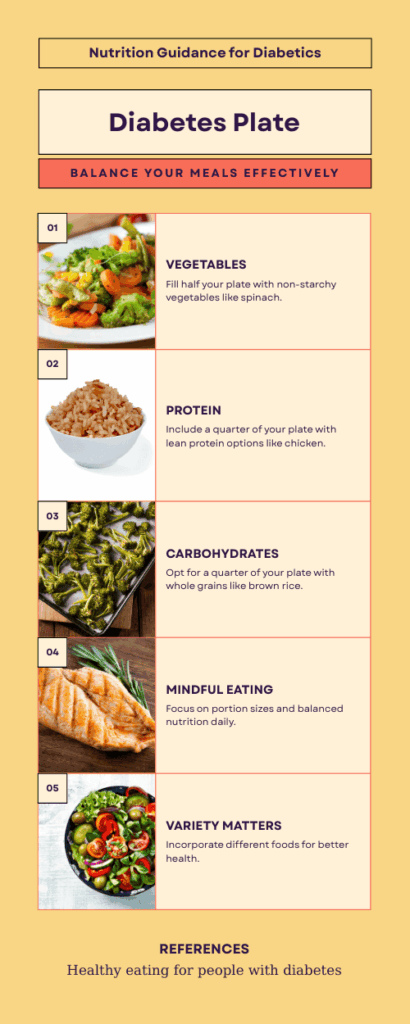
Intermittent Fasting and Diabetes: What Research Shows
Intermittent fasting (IF) involves eating within a specific window (e.g., 8 hours) and fasting the rest. Early studies show potential for improved insulin sensitivity and lower blood glucose.
However, IF isn’t for everyone—especially those on insulin or prone to hypoglycemia. Always consult your healthcare provider first.
Plant-Based Eating for Improved Insulin Response
A well-balanced vegetarian or vegan diet can reduce inflammation and improve blood sugar regulation. Focus on:
- Legumes
- Whole grains
- Vegetables
- Nuts and seeds
- Soy-based proteins
Avoid ultra-processed plant foods and get enough B12, iron, and omega-3s through fortified foods or supplements.
DASH Diet Adaptations for Diabetic Needs
Originally developed to reduce blood pressure, the DASH (Dietary Approaches to Stop Hypertension) diet also benefits blood sugar.
To make it more diabetes-friendly meal plan:
- Emphasize low-glycemic fruits and whole grains
- Limit added sugars and refined carbs.
- Watch portion sizes of higher-carb foods.
This diet is especially helpful if you have both diabetes and hypertension.
Practical Implementation of Your Diabetes Meal Plan
Budget-Friendly Diabetic Meal Planning
Eating healthy doesn’t mean going broke. Try these tips:
- Buy frozen or canned vegetables (no added salt/sugar)
- Choose bulk items like brown rice, oats, and beans.
- Meal prep to reduce food waste
- Shop with a list and stick to it.
Smart planning saves both money and blood sugar swings.
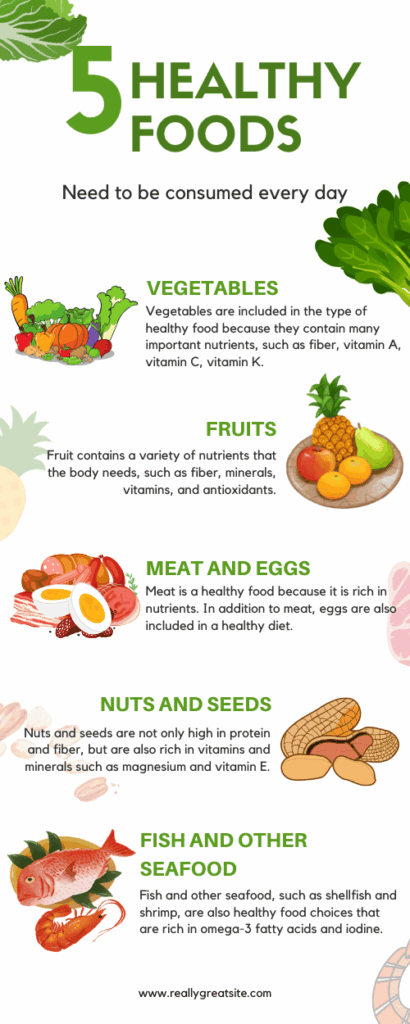
Time-Saving Prep Techniques for Busy Diabetics
Time-strapped? Use these hacks:
- Prep ingredients (chop veggies, cook grains) in bulk once a week
- Use slow cookers or air fryers for hands-off cooking.
- Freeze individual portions for quick meals.
Even 30 minutes of prep on a Sunday can save hours during the week.
Family-Friendly Adaptations of Sample Diabetes Diet Plan
Your diabetes meal plan doesn’t need to isolate you. Get the whole family involved:
- Serve the same main meal with optional sides
- Let kids help choose and prepare veggies.
- Use fun plating or colorful ingredients to make meals appealing.
Healthy eating is easier (and more enjoyable) when everyone’s on board.
Overcoming Common Diet Challenges and Plateaus
It’s normal to hit plateaus or feel burned out. Try this:
- Revisit your food log for hidden sugar or portion creep
- Shake things up with new recipes or seasonal produce.
- Celebrate small wins (even a 5 mg/dL drop matters!)
Remember: progress over perfection.
Monitoring and Adjusting Your Diabetes Meal Plan Free
Using Blood Glucose Readings to Refine Your Diet
Your glucometer is a powerful feedback tool. Track:
- Pre- and post-meal readings
- Trends after new foods or meal timing changes
- How stress, sleep, or activity affect your levels
Adjust your meals based on what your body tells you—not just what a chart says.
Recognizing Food Sensitivities That Affect Blood Sugar
Some foods spike your glucose more than expected. Keep an eye out for:
- Unusual reactions (fatigue, cravings, mood swings)
- Patterns tied to specific ingredients (dairy, gluten, etc.)
- Hidden sugars in sauces or processed snacks
Try elimination for 2–3 weeks if you suspect a sensitivity.
Seasonal Adjustments to Your Diabetes Diet
Weather, holidays, and seasonal produce all affect your diet. In cooler months, opt for:
- Roasted root veggies, soups, and stews
- Canned or frozen fruit with no added sugar
In warmer months, shift to:
- Fresh berries, cucumbers, tomatoes
- Light salads with lean proteins
Adapting your diabetes diet plan seasonally keeps it enjoyable and sustainable.
Final Thoughts
Managing diabetes with food doesn’t mean giving up your joy of eating—it means learning to eat with intention. The goal isn’t perfection. It’s consistency, self-awareness, and empowerment. Whether you’re just starting or fine-tuning your approach, this guide gives you the tools to thrive—not just survive—with diabetes.
Related Reads You’ll Love
If you’re ready to explore more low-carb and healthy eating strategies, check out these helpful articles:
- Low-Carb Diets Made Simple: Your Keto Cooking Guide – Learn how to simplify your keto meals with smart ingredient swaps and easy recipes.
- Low-Carb Breakfast Recipes & Ideas – Start your day right with these satisfying, low-carb breakfast options.
- Anti-Inflammatory Diet: Benefits, Meal Plans & Recipes – Discover how to reduce inflammation naturally through the power of food.
- Keto for Diabetics: Benefits, Risks, and Tips – A must-read if you’re managing diabetes and considering keto.


